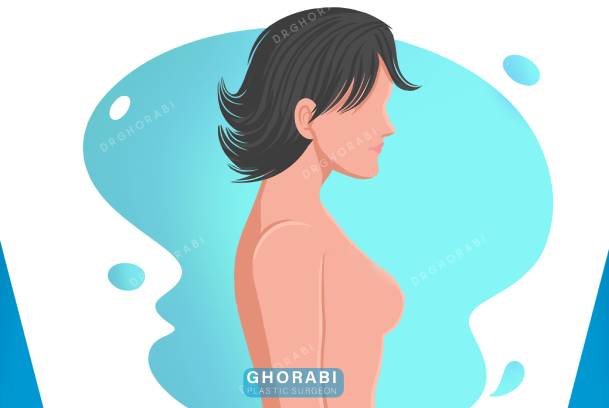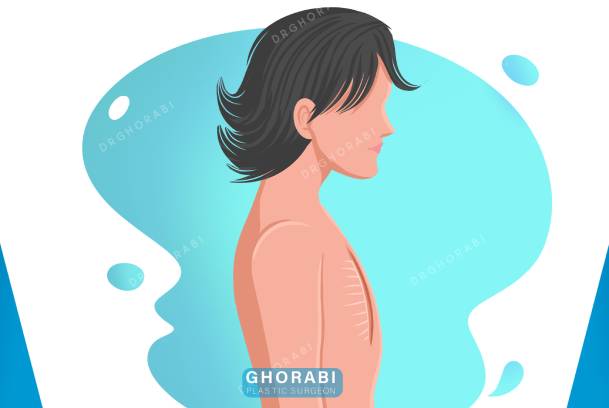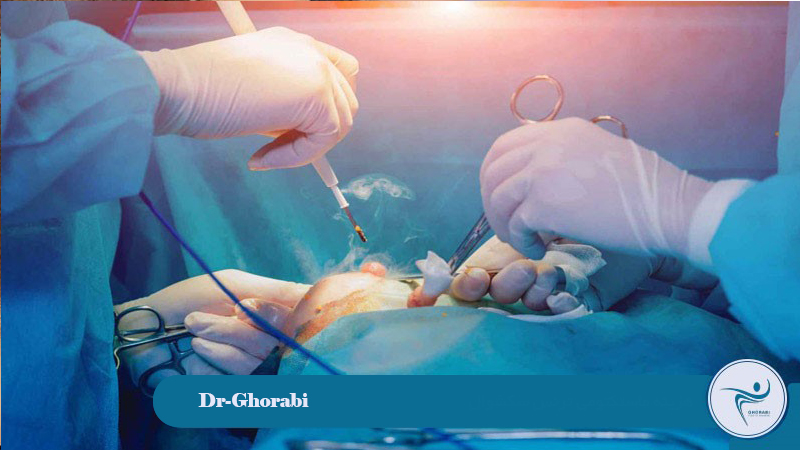ُTransgender mastectomy is a surgical procedure performed as part of the Gender Affirmation Surgery from female to male (FTM ). The goal of this surgery is to remove breast tissue to create an appearance consistent with the individual’s gender identity. During a trassgender mastectomy, breast tissue is removed to create a more masculine chest appearance.
Transgender Mastectomy
Free consultation and appointment booking
This procedure is typically performed when a transmasculine individual has reached puberty and is physically and mentally prepared for surgery. The result of this surgery is an improvement in the outward alignment with the individual’s gender identity. The need for this surgery is felt when a transmasculine individual is dissatisfied with the appearance of their breasts and desires to change them.
Mastectomy is performed on transmasculine individuals who may have a body with feminine characteristics, but their gender identity is masculine. This surgery is completely different from gynecomastia surgery which involves breast reduction in men.
When is a trangender mastectomy performed?
Mastectomy (FTM Top Surgery), or breast removal surgery, is one of the important stages in the gender affirmation surgery for transmasculine (female-to-male) individuals. This surgery is usually performed when the individual is physically, mentally, and emotionally ready to change the appearance of their chest.
The main goal of this surgery is to harmonize the appearance of the breasts with the individual’s masculine gender identity and is often performed in response to a strong feeling of dissatisfaction with feminine breasts.
That female mastectomy is different from types of surgery for breast reduction in men .
Stages of FTM Top Surgery (mastectomy)
Mastectomy in transgender men involves a series of precise surgical steps. The main stages of this breast surgery may vary depending on the chosen technique, breast shape, and patient preference. At Dr. Gholamhossein Ghorabi’s clinic, one of four valid and effective methods is selected to achieve a natural, symmetrical, and masculine result, based on the individual’s condition. The following describes the main stages of mastectomy, focusing on different techniques, especially Dr. Ghorabi’s innovative method.
Transgender chest removal is usually performed under general anesthesia using various techniques, including VASER liposuction, and without surgical incisions. Pre- and post-operative medical and psychological consultations are essential to ensure the individual’s physical and mental well-being.
Pre-operative tests for transgender men undergoing mastectomy
Before undergoing mastectomy, which is performed to remove the breasts and create a masculine appearance in transgender men, medical tests and evaluations are necessary. These tests help ensure the individual’s general health and reduce risks associated with surgery and are largely the same as tests for Mammoplasty surgery are:
| Test Type | Description |
| Blood Tests | |
| – Complete Blood Count (CBC) | Checks general health and ensures the absence of infection or anemia before surgery. |
| – Basic Metabolic Panel (BMP) or Comprehensive Metabolic Panel (CMP) | Checks kidney and liver function, electrolyte levels, and blood sugar. For assessing general health and readiness for anesthesia. |
| – Blood clotting tests | Checks the blood’s ability to clot and ensures there is no risk of abnormal bleeding during and after surgery. |
| – Hormone levels (testosterone, estradiol) | Measures sex hormone levels to ensure appropriate hormone levels before surgery, especially if you are undergoing hormone replacement therapy (testosterone). |
| Urine Test | |
| – Urinalysis | Checks for urinary tract infections and kidney health as part of the general health assessment before surgery. |
| – Imaging | (Rarely, and only if specifically indicated) |
| – Chest X-ray | May be performed in some cases to check lung health before general anesthesia, especially if you smoke or have respiratory problems. |
| Cardiac Tests (Rarely, and only if specifically indicated) | |
| – Electrocardiogram (ECG/EKG) | Usually only performed if you are over a certain age (e.g., 40 or 50) or if you have a history of heart disease. To check the heart’s rhythm and electrical activity before surgery. |
| Psychological Evaluation | |
| – Mental health assessment | To ensure your psychological readiness for surgery and to assess any underlying mental health issues that may need attention. This assessment is usually performed by a psychologist or psychiatrist specializing in transgender issues. |
Unlike mastectomy for breast cancer, routine breast imaging (mammography, ultrasound) and routine cardiac tests are usually not necessary for transgender mastectomy unless you have specific medical conditions or your doctor recommends them due to specific symptoms.
Post-operative care for mastectomy
Correct understanding and precise execution of post-mastectomy and mastopexy care instructions play a decisive role in achieving the desired results of mastectomy surgery. One of the important aspects in the early days after surgery is the management of drains and the process of breast drainage through them. The most important medical aspects of post-mastectomy breast care include:
- Precise post-operative pain control: Using prescribed pain medications as scheduled to maintain a tolerable pain level.
- Hygiene and surgical site dressing: Sterile changing of wound dressings, continuous monitoring to identify early signs of local infection.
- Management and recording of drain output: Regular breast drainage, documenting the volume and characteristics of secretions to assess the healing process.
- Limitation of strenuous physical activities: Avoiding sudden movements, lifting heavy objects, to prevent pressure on the surgical site.
- Gradual initiation of arm rehabilitation exercises: Starting gentle range-of-motion exercises under the supervision of a physiotherapist to restore shoulder joint function.
- Regular follow-up of the patient’s condition by the physician: Scheduled visits to the surgeon to assess the progress of recovery and early detection of any complications.
Adherence to these principles helps patients to go through the recovery period more effectively and with minimal complications, and to achieve their desired results from mastectomy surgery.
Cost of transgender mastectomy
The cost of transsexual mastectomy surgery performed for chest masculinization is influenced by several factors and is not a fixed amount. Costs vary based on the surgeon’s expertise and fees, anesthesia costs, hospital or surgical center costs, and the geographical location of the treatment center. The type of surgical technique used and the expected complexity in each individual also affect the final cost. In general, the cost of transsexual mastectomy falls within a wide range, and providing an exact figure without individual assessment is difficult. In addition to the main surgical costs, there may be incidental costs such as pre-operative tests, post-operative medications, special girdles, and possibly subsequent reconstructive surgeries (such as nipple correction or scars) that should be considered. Insurance coverage for body contouring surgery.
Legal and psychiatric considerations in Iran
The cost of transsexual mastectomy
- In the Islamic Republic of Iran, applicants for gender confirmation surgeries, including mastectomy, must go through specific administrative procedures. These steps include:
- Specialized psychiatric evaluation by approved centers
- Referral to the legal medicine office for registration and verification of documents
Obtaining a court order and legal permission to perform surgery
Transgender breast mastectomy by Dr. Ghorabi
This process is designed to support mental health and informed decision-making and is part of the country’s legal framework. It should be noted that Dr. Gholamhossein Gharabi’s clinic does not interfere in legal matters, but provides necessary consultations for physical preparation and general information about the stages to its esteemed clients.
The right time for a mastectomy is a completely personal decision that should be made considering physical and mental conditions, identity goals, and legal regulations. The choice of surgical technique will also be determined according to breast shape, skin quality, and patient preference. Transgender breast mastectomy by Dr. Ghorabi, a prominent plastic and cosmetic surgeon in Tehran is recognized as a crucial step in gender affirmation for transgender men. Dr. Gharabi, specializing in cosmetic and reconstructive surgery, performs this procedure with the aim of achieving a masculine and natural chest. In this method, breast tissue is carefully removed and appropriate contouring is applied to create masculine chest lines. Clients of Dr. Gharabi in Tehran can expect a specialized approach focused on aesthetic results, which helps increase self-confidence and improve their quality of life. Dr.Gholamhossein Ghorabi expertise in this field provides reassurance for applicants of this important procedure.
About DR. Ghorabi
Get to know/Meet Dr. Ghorabi.
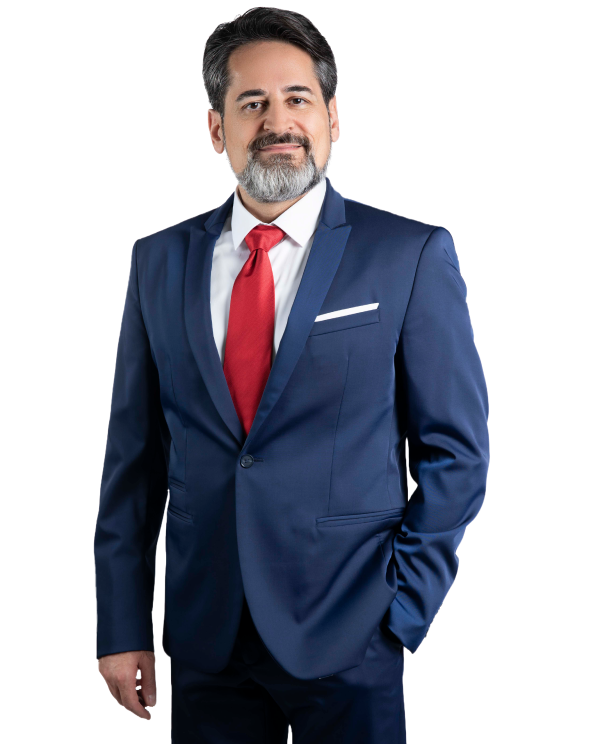
About DR. Ghorabi
Get to know/Meet Dr. Ghorabi.
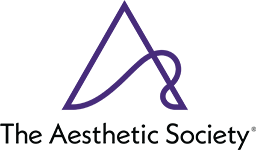
Fellow of the American Academy of Facial Plastic and Reconstructive Surgery (AAFPRS) or a similar organization such as the American Society of Plastic Surgeons (ASPS).

Official member of the International Society of Plastic and Aesthetic Surgeons
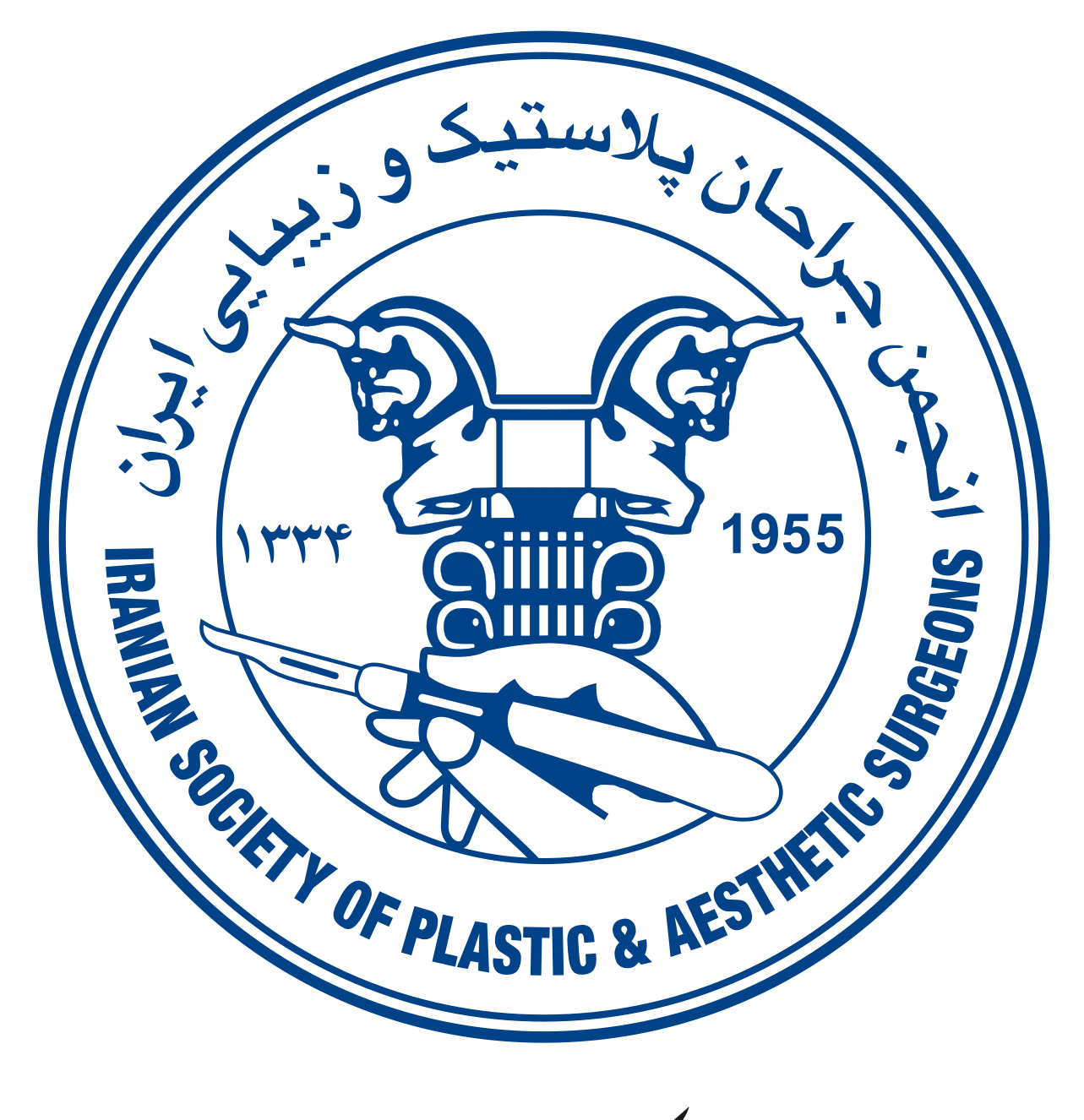
Official member of the Iranian Association of Plastic and Reconstructive Surgeons
FAQs
in this field provides reassurance for applicants of this important procedure.
Mastectomy is usually performed after obtaining surgical approval from the relevant authorities and ensuring the transgender man’s physical and psychological readiness.
When is a trangender mastectomy performed?
This surgery is usually performed when the individual is physically, mentally, and emotionally ready to change the appearance of their chest.
What are the stages of a mastectomy?
Mastectomy involves removing breast fat, glandular tissue, and reconstructing the nipple to create a more masculine appearance.
What is post-mastectomy care?
Post-operative care includes pain management, surgical hygiene, drain management, limitations on physical activity, and regular follow-up by a physician.
How much does a mastectomy cost?
The cost of a mastectomy varies depending on the surgeon’s expertise, the surgical technique used, and geographic location; additional costs may also apply.
